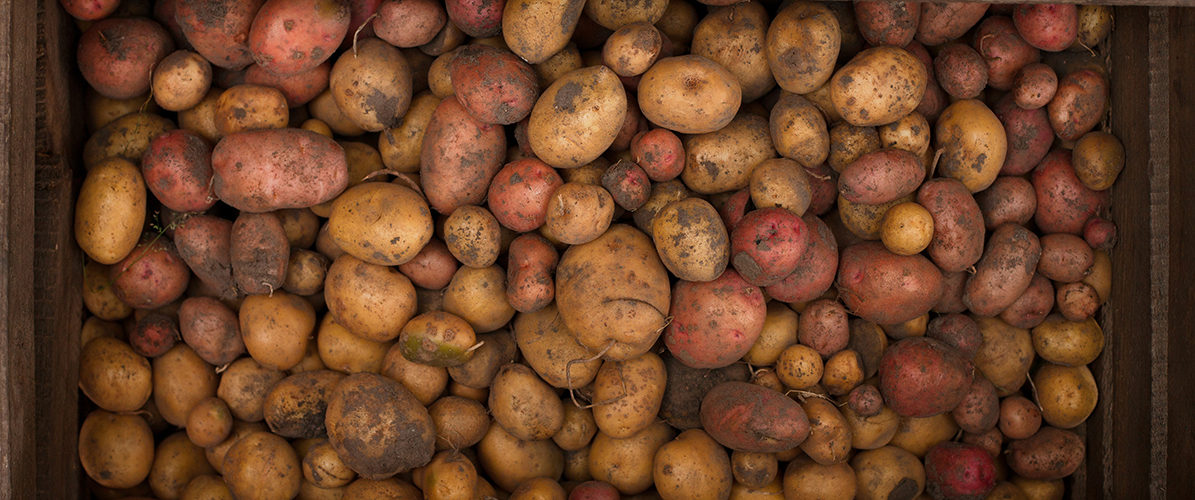
Feedback sought on Eastern Bloc approach to tomato potato psyllid detection
7 May 2018
VegPRO bringing negotiations training to Victorian growers
7 May 2018On Wednesday 2 May, members of the AUSVEG team attended the inaugural Biosecurity Capacity Building in Regional Communities forum, which sought to increase awareness of plant biosecurity, strengthen the role of local government, and facilitate a process for improving readiness for biosecurity threats.
The event was hosted by VegNET Coordinator Shayne Hyman in collaboration with Hort Innovation, RMCG, AUSVEG, and Agribusiness Yarra Valley, and brought together key stakeholders in biosecurity responses in regional communities, including growers and representatives from local councils and the Victorian government.
Dr Jessica Lye, AUSVEG Science and Extension Manager, opened the speaker session with an overview of the Australian biosecurity system, stages of an Emergency Plant Pest Response, and the increasing biosecurity threats as a result of increased globalisation. Dr Lye emphasised recent plant pest incursions across the country with a case study on the vegetable leafminer.
The second speaker, Lavinia Zirnsak from the Department of Economic Development, Jobs, Transport and Resources, gave a snapshot of the Government’s role in incursion responses and biosecurity and provided details about Plant Plan and the emergency plant pest response Deed.
Next, Callum Fletcher, AUSVEG Biosecurity Coordinator, discussed his experiences during the tomato potato psyllid (TPP) incursion in Western Australia which occurred in February 2017. Callum was asked to work on the incursion response under the direction of the Department of Agriculture and Water Resources. Callum highlighted the steps involved in the TPP response: the detection phase where they tried to find out where the pest had spread to, the response phase where they tried to eradicate the pest, and the transition to management phase where they determined that eradication was not possible.
The final speaker, Bronwyn Koll, Yarra Valley Regional Fruit Fly Coordinator, began her talk by explaining why the Queensland fruit fly is a threat to the Yarra Valley and the difference between exotic and endemic cases of fruit fly. Bronwyn also touched on her community engagement work in her region and the challenges she faces.
From there, the audience broke into five working groups to answer the question: ‘What is needed to assist the local community in addressing and preparing themselves for plant biosecurity threats in the future?’ Each group raised a number of crucial points, including the lack of awareness regarding biosecurity threats, the need for funding, and the importance of research and development.
The forum was a valuable opportunity for attendees to learn about biosecurity threats, responses and preparedness, and to network with other likeminded individuals. With strong stakeholder relationships and capacity-building being vital to effective biosecurity responses, these events help to strengthen the capabilities of regional communities, and AUSVEG looks forward to similar events in coming years!
This post appeared in the AUSVEG Weekly Update published 8 May 2018. Subscribe to the Update using our online form to receive the latest industry news in your inbox every week!

